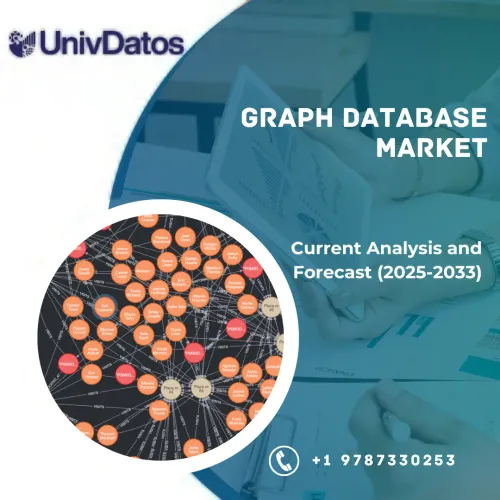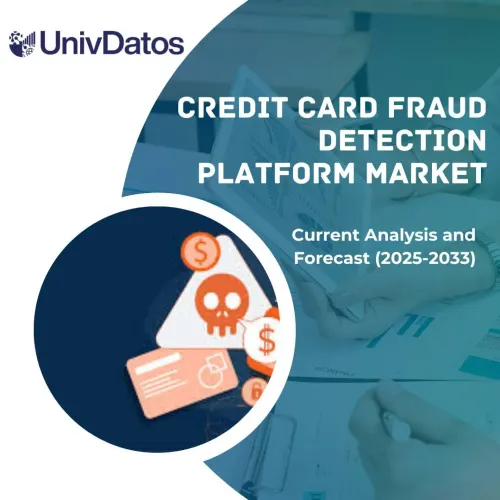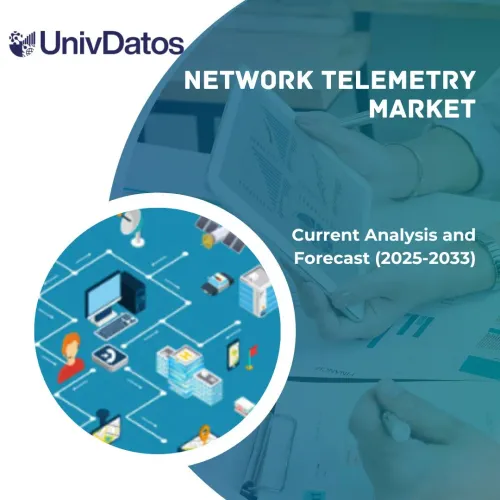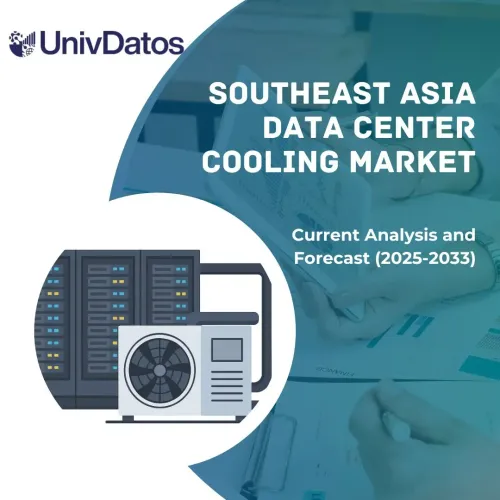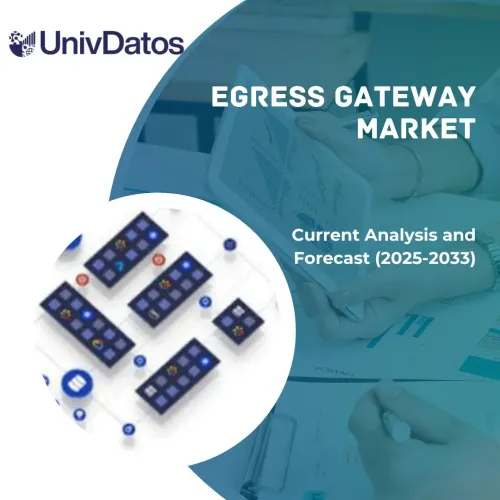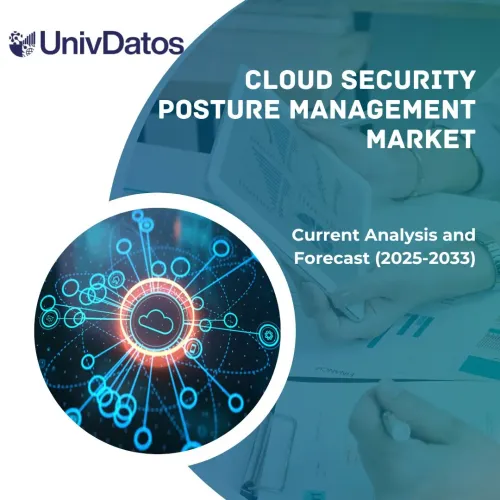- Home
- About Us
- Industry
- Services
- Reading
- Contact Us
Privacy Enhancing Technologies Market: Current Analysis and Forecast (2024-2032)
Emphasis on Component (Software, Services); Typology (Cryptographic Technologies, Obfuscation Technologies, Statistical Technologies, Systems-Based and Accountability Technologies, Miscellaneous Technologies); Application (Compliance Management, Risk Management, Reporting & Analytics, Others); End User (BFSI, Healthcare, IT and Telecommunication, Government, Retail, Others); and Region/Country
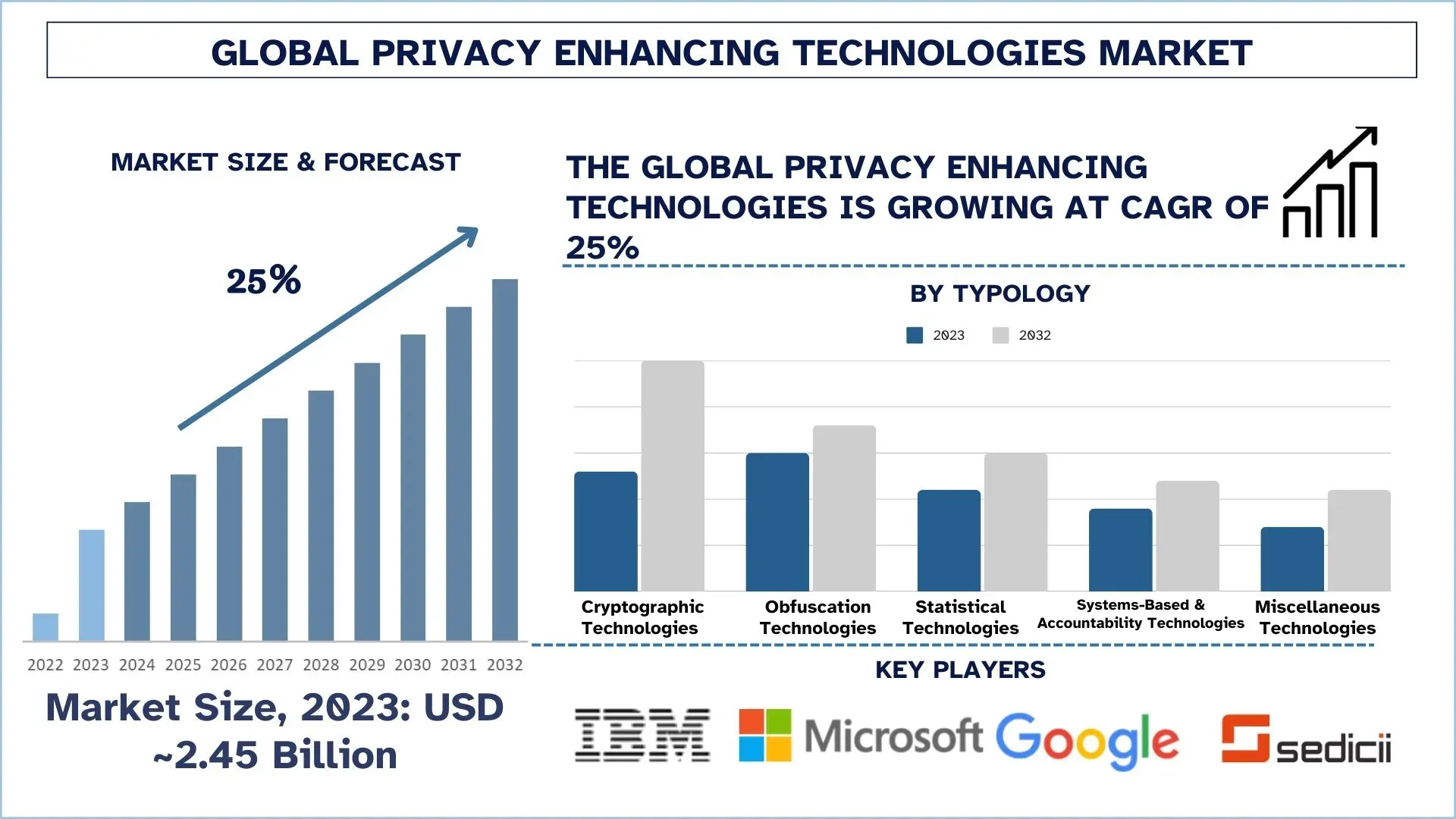
Privacy Enhancing Technologies Market Size & Forecast
The Privacy Enhancing Technologies Market was valued at approximately USD 2.45 billion in 2023 and is expected to grow at a substantial CAGR of around 25% during the forecast period (2024-2032), owing to the rising adoption of homomorphic encryption & secure computation.
Privacy Enhancing Technologies Market Analysis
The PETs market is defined as the solution market aimed at preserving the privacy of data and, at the same time, facilitating their processing, sharing, and analysis. Some of these technologies are encryption, computing, and anonymization applied in various organizations such as the finance sector, health sector, and artificial intelligence sector. PETs enable these organizations to meet their data privacy requirements such as those stipulated by the GDPR and the CCPA, as well as to achieve the goal of data utility. The market is primarily influenced by the rising cyber threats, strict rules and regulations, and growing emphasis on privacy-preserving data analytics.
To enhance the usage of PETs, companies implement homomorphic encryption for secure cloud computing, federated learning for private AI model training, and secure enclaves for confidential data processing in organizations. Industry giants such as IBM, Microsoft, and Google introduce privacy preservation in the analytical process and confidential computing to improve security while allowing data utilization. The use of privacy-centric advertisements or ad-awareness and the progression of identification solutions based on distributed ledger also fuels PET acceptance. Due to the constant changes, the regulatory enforcement of data privacy has made firms integrate PETs into cybersecurity models as a strategy to stand out for compliance.
For instance, on June 27, 2024, the U.S. National Science Foundation published a new investment to advance privacy-enhancing technologies (PETs) and promote their use to solve real-world problems. The Privacy-Preserving Data Sharing in Practice (PDaSP) program, which aligns with a tasking in the recent "Executive Order on the Safe, Secure, and Trustworthy Development and Use of Artificial Intelligence" (AI EO), will enhance the ability to privately share and analyze data for a range of use cases and applications, including those of significant interest to federal agencies.
Privacy Enhancing Technologies Market Trends
This section discusses the key market trends influencing the various segments of the privacy-enhancing technologies market as identified by our research experts.
Mainstream Adoption of Fully Homomorphic Encryption (FHE) Transforms Privacy-Enhancing Technologies Industry
The deployment of Fully Homomorphic Encryption (FHE) is becoming more widespread as companies continue to look for an effective way of performing computationally intensive tasks without disclosing the inputs to it. FHE enables the processing of encrypted data without the need for decryption, which allows security in cloud computing and AI, as well as anonymity in financial dealings. Big industries and brands such as IBM, Microsoft, and Google have embraced FHE as a way through which data security and confidential computing can be improved.
On January 17, 2025, Niobium developed co-processors that provide hardware-based acceleration for fully homomorphic encryption (FHE), enabling data to remain encrypted even while in use.
For instance, on October 13, 2022, Vaultree announced the release of its Data-in-Use Encryption for Google’s AlloyDB. As a launch partner with Google’s AlloyDB, the offering pairs the world's first fully functional Encryption-in-use solution, powered by Vaultree, with Google’s AlloyDB for PostgreSQL. Users will now be able to trial run Vaultree’s fully homomorphic and searchable encryption technology in the cloud, representing a breakthrough in encryption standards to enable next-generation encryption and data protection.
Privacy Enhancing Technologies Industry Segmentation
This section provides an analysis of the key trends in each segment of the global Privacy Enhancing Technologies market report, along with forecasts at the global, regional, and country levels for 2024-2032
The Cryptographic Technology Market Dominates the Privacy Enhancing Technologies Market
Based on typology, the market is segmented into cryptographic technologies, obfuscation technologies, statistical technologies, systems-based and accountability technologies, and miscellaneous technologies. Cryptographic technologies held a significant share of the market in 2023. The PET market expands due to being supported by cryptographic technologies for computation, encryption, and zero-knowledge proofs of privacy. To conduct computations on encrypted data while preserving the privacy of the said data, there is homomorphic encryption while securing MPC. Blockchain adoption is growing exponentially in the blockchain, healthcare, and finance industries because of the importance of confidentiality in regulation. On October 13, 2022, Vaultree announced the release of its Data-in-Use Encryption for Google’s AlloyDB. As a launch partner with Google’s AlloyDB, the offering pairs the world's first fully functional Encryption-in-use solution, powered by Vaultree, with Google’s AlloyDB for PostgreSQL. Users will now be able to trial run Vaultree’s fully homomorphic and searchable encryption technology in the cloud, representing a breakthrough in encryption standards to enable next-generation encryption and data protection.
The Reporting & Analytics Segment Dominates the Privacy Enhancing Technologies Market
Based on the application, the market is segmented into compliance management, risk management, reporting & analytics, and others. Reporting & analytics are expected to grow with a significant CAGR during the forecast period (2024-2032). PETs mainly help in reporting as well as analyzing the encrypted data since the sensitive data is protected from unauthorized individuals. The increasing application of AI in analytics and big data requires the use of PET to address legal requirements when using valuable data. To maintain the privacy of customers, organizations use differential privacy and federated learning for analyzing customers’ behavior. It is implemented in various sectors, such as the retail and health sectors, because such analysis processes must be performed privately.
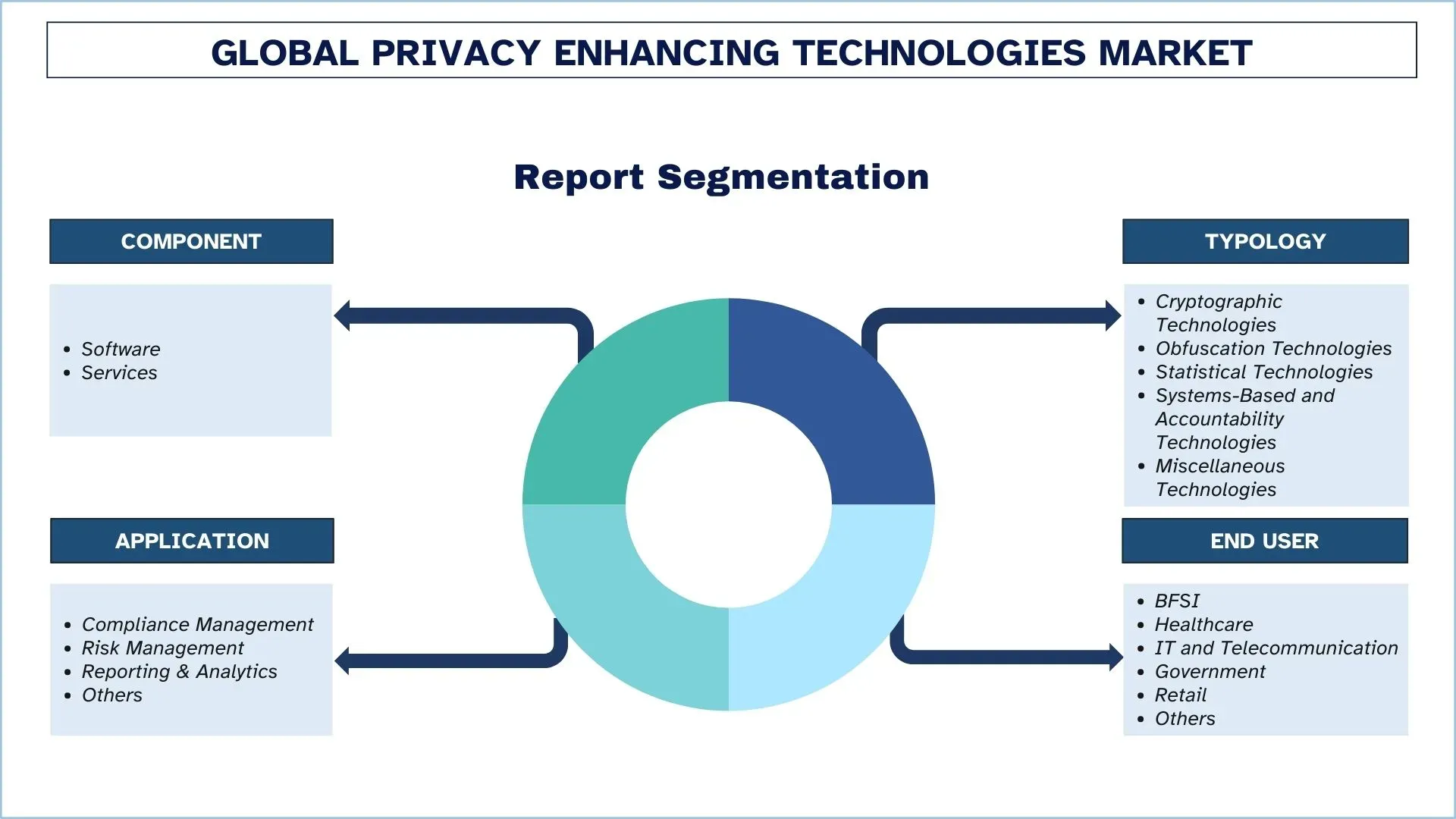
North America leads the market.
North America remains the largest revenue-generating geographic market [for PETs] because of legislation such as the CCPA in California and increasing levels of cybersecurity threats. The driving forces are high-growth investments in artificial intelligence and cloud computing, particularly in the financial services industry, where privacy-preserving solutions are a requirement. Some of the emerging technology areas where the requirement for homomorphic encryption, federated learning, and secure computation has increased are BFSI and healthcare. Currently, organizations in the area are adopting PETs into cybersecurity and data management structures to abide by the guidelines.
On February 7, 2022, IAB Tech Lab, the digital advertising technical standard-setting body, announced the newly formed Privacy Enhancing Technologies (PETs) Working Group. This new workstream invites developers working on advanced cryptography, data scientists, privacy and security systems engineers, and others in the digital advertising community to come together to develop privacy-enhancing standards and software tools for the digital advertising industry.
The U.S. Dominates the North American Privacy Enhancing Technologies Market
The U.S. Privacy Enhancing Technologies (PETs) market is expanding quickly because of tough data privacy laws and intensifying cybersecurity hazards, in addition to growing utilization of AI and secure data-sharing solutions. The California Consumer Privacy Act motivates industries, including technology and finance, and healthcare, to buy homomorphic encryption and secure computation, and confidential computing services for data security. Businesses eager to participate in the expanding privacy-first economy accelerate the market demand for PETs which establishes the United States as a leading playground for privacy-focused solution development and funding.
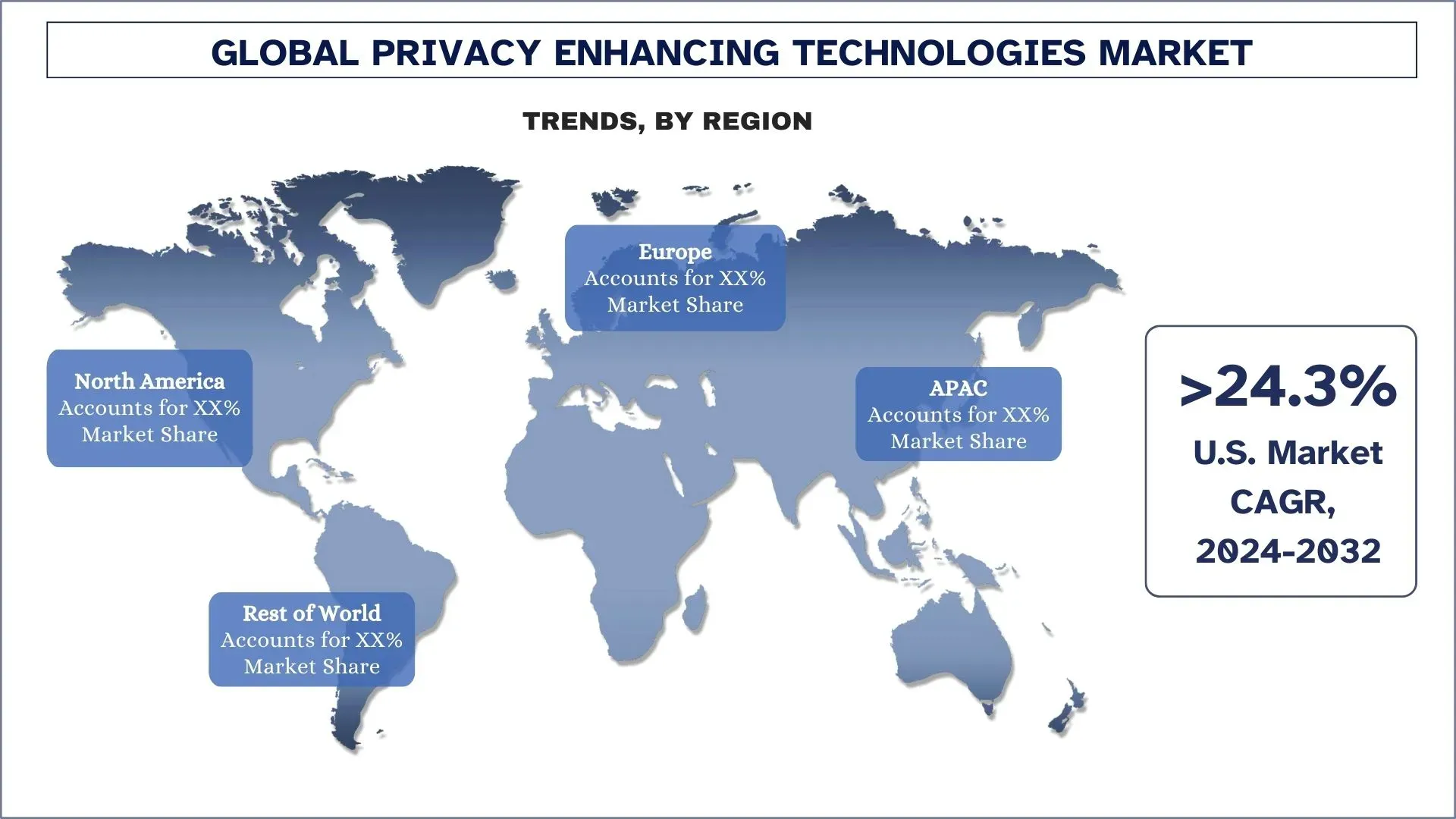
Privacy Enhancing Technologies Industry Overview
The Privacy Enhancing Technologies market is competitive, with several global and international players. The key players are adopting different growth strategies to enhance their market presence, such as partnerships, agreements, collaborations, new product launches, geographical expansions, and mergers and acquisitions. Some of the major players operating in the market are IBM, Microsoft, Google, SAP, Cisco Systems, Inc., Sedicii Innovations Ltd., Enveil, Unacast, Silence Laboratories, and DECENTRIQ.
Recent Developments in the Privacy Enhancing Technologies Market
- On October 15, 2024, the Okinawa Institute of Science and Technology (OIST) and Danish software company Partisia signed a Memorandum of Understanding to advance research in Multi-Party Computation (MPC) and develop innovative Privacy-Enhancing Technology solutions. This collaboration aims to deliver a global perspective on secure computation, quantum-safe cryptography, and cybersecurity by leveraging the combined knowledge and expertise of both parties.
- In July 2023, the Infocomm Media Development Authority of Singapore (IMDA) partnered with Google to launch privacy-enhancing technologies (PET) x Privacy Sandbox to support businesses that wish to pilot PET projects. PETs allow businesses to extract value from data and ensure the protection of personal data and other commercially sensitive information.
In July 2022, Duality Technologies, the leader in privacy-preserving data collaboration, announced the launch of their highly advanced open-source fully homomorphic encryption (FHE) library in cooperation with a who’s who in cryptography. Intel, Samsung, the University of California - San Diego, and MIT join Duality in bringing to market this significant milestone in FHE.
Privacy Enhancing Technologies Market Report Coverage
Report Attribute | Details |
Base year | 2023 |
Forecast period | 2024-2032 |
Growth momentum | Accelerate at a CAGR of 25% |
Market size 2023 | USD 2.45 Billion |
Regional analysis | North America, Europe, Asia-Pacific, Rest of the World |
Major contributing region | Asia-Pacific is expected to grow at the highest CAGR during the forecasted period. |
Key countries covered | U.S., Canada, Germany, France, UK, Spain, Italy, China, Japan, and India |
IBM, Microsoft, Google, SAP, Cisco Systems, Inc., Sedicii Innovations Ltd., Enveil, Unacast, Silence Laboratories, and DECENTRIQ | |
Report Scope | Market Trends, Drivers, and Restraints; Revenue Estimation and Forecast; Segmentation Analysis; Demand and Supply Side Analysis; Competitive Landscape; Company Profiling |
By Component, By Typology, By Application, By End User, By Region/Country |
Reasons to Buy the Privacy Enhancing Technologies Market Report:
- The study includes market sizing and forecasting analysis validated by authenticated key industry experts.
- The report presents a quick review of overall industry performance at a glance.
- The report covers an in-depth analysis of prominent industry peers with a primary focus on key business financials, product portfolios, expansion strategies, and recent developments.
- Detailed examination of drivers, restraints, key trends, and opportunities prevailing in the industry.
- The study comprehensively covers the market across different segments.
- Deep dive regional-level analysis of the industry.
Customization Options:
The global privacy-enhancing technologies market can be customized further as per the requirements or any other market segment. Besides this, UnivDatos understands that you may have your own business needs; hence, feel free to contact us to get a report that completely suits your requirements.
Table of Content
Research Methodology for the Privacy Enhancing Technologies Market Analysis (2022-2032)
We analyzed the historical market, estimated the current market, and forecasted the future market of the global Privacy Enhancing Technologies market to assess its application in major regions worldwide. We conducted exhaustive secondary research to gather historical market data and estimate the current market size. To validate these insights, we carefully reviewed numerous findings and assumptions. Additionally, we conducted in-depth primary interviews with industry experts across the Privacy Enhancing Technologies value chain. After validating market figures through these interviews, we used both top-down and bottom-up approaches to forecast the overall market size. We then employed market breakdown and data triangulation methods to estimate and analyze the market size of industry segments and sub-segments.
Market Engineering
We employed the data triangulation technique to finalize the overall market estimation and derive precise statistical numbers for each segment and sub-segment of the global Privacy Enhancing Technologies market. We split the data into several segments and sub-segments by analyzing various parameters and trends, including component, typology, application, end users, and regions within the global Privacy Enhancing Technologies market.
The main objective of the Global Privacy Enhancing Technologies Market Study
The study identifies current and future trends in the global Privacy Enhancing Technologies market, providing strategic insights for investors. It highlights regional market attractiveness, enabling industry participants to tap into untapped markets and gain a first-mover advantage. Other quantitative goals of the studies include:
- Market Size Analysis: Assess the current and forecast market size of the global Privacy Enhancing Technologies market and its segments in terms of value (USD).
- Privacy Enhancing Technologies Market Segmentation: Segments in the study include areas of component, typology, application, end users, and regions.
- Regulatory Framework & Value Chain Analysis: Examine the regulatory framework, value chain, customer behavior, and competitive landscape of the Privacy Enhancing Technologies industry.
- Regional Analysis: Conduct detailed regional analysis for key areas such as Asia Pacific, Europe, North America, and the Rest of the World.
- Company Profiles & Growth Strategies: Company profiles of the Privacy Enhancing Technologies market and the growth strategies adopted by the market players to sustain in the fast-growing market.
Frequently Asked Questions FAQs
Q1: What is the Privacy Enhancing Technologies market's current size and growth potential?
The Privacy Enhancing Technologies Market was valued at USD 2.45 billion in 2023 and is expected to grow at a CAGR of 25% during the forecast period (2024-2032).
Q2: Which segment has the largest share of the Privacy Enhancing Technologies market by typology?
Cryptographic technologies hold the largest market share in the Privacy Enhancing Technologies market, primarily due to the widespread adoption of homomorphic encryption, secure multi-party computation (MPC), and zero-knowledge proofs (ZKP) for enhanced data security and compliance.
Q3: What are the driving factors for the growth of the Privacy Enhancing Technologies market?
• Strict data privacy laws (e.g., GDPR, CCPA) enforce stronger security standards.
• Rising cybersecurity threats are prompting organizations to adopt privacy-focused solutions.
• Advancements in AI & machine learning, requiring privacy-enhancing tools for ethical AI.
• Growing demand for secure data sharing in finance, healthcare, and cloud computing.
• Increased adoption of homomorphic encryption, federated learning, and secure computation to protect sensitive information.
Q4: What are the major trends in the Privacy Enhancing Technologies market?
• The main trend in the Privacy Enhancing Technologies (PETs) market is the mainstream adoption of Fully Homomorphic Encryption (FHE), enabling data processing without decryption.
• Growth of Privacy-as-a-Service (PaaS) models for businesses.
• Increased enterprise adoption of differential privacy and federated learning.
• Integration of PETs with a blockchain for secure transactions.
Q5: What are the biggest challenges in the Privacy Enhancing Technologies market?
• High implementation costs and complex integration with existing IT systems.
• Regulatory uncertainties across regions are affecting compliance strategies.
• Limited awareness and shortage of skilled professionals in PET technology.
Balancing privacy with data usability without compromising business operations.
Q6: Which region leads the Privacy Enhancing Technologies market?
North America dominated the Privacy Enhancing Technologies market in 2023, driven by strict data protection laws (CCPA, HIPAA), increasing cyber threats, and heavy investments in AI-driven privacy solutions by tech giants like Google, IBM, and Microsoft.
Q7: Who are the key players in the Privacy Enhancing Technologies (PETs) market?
• Leading Privacy Enhancing Technology (PETs) providers include:
• IBM
• Microsoft
• Google (Alphabet Inc.)
• SAP
• Cisco Systems, Inc.
• Sedicii Innovations Ltd.
• Enveil
• Unacast
• Silence Laboratories
• DECENTRIQ
Q8: What are the key investment opportunities in the Privacy Enhancing Technologies market?
• Funding PET startups specializing in homomorphic encryption, zero-knowledge proofs (ZKP), and secure multi-party computation (MPC).
• Investing in Privacy-as-a-Service (PaaS) platforms catering to businesses seeking compliance-ready privacy solutions.
• Collaborating with fintech, healthcare, and cloud providers, integrating PETs into their security frameworks.
Q9: How can enterprises integrate Privacy Enhancing Technologies (PETs) into their systems?
• Adopt encryption technologies like differential privacy, homomorphic encryption, and federated learning.
• Collaborate with PETs solution providers for seamless integration with cloud computing & AI models.
• Conduct privacy impact assessments (PIAs) to ensure compliance with GDPR, CCPA, and industry-specific regulations.
• Invest in workforce training and AI-driven privacy solutions to enhance security while maintaining data usability.
Related Reports
Customers who bought this item also bought



